How to Optimize Your Use of a 3 Point Sprayer for Maximum Efficiency
In modern agricultural practices, the efficient use of equipment such as a 3 point sprayer is critical for maximizing productivity and minimizing waste. According to a report by the American Society of Agricultural and Biological Engineers (ASABE), optimizing spray patterns and application rates can enhance crop protection efficacy, contributing to a potential increase in yield by up to 15%. Moreover, the Precision Ag Institute highlights that calibrating your 3 point sprayer for specific field conditions not only reduces chemical runoff but also ensures that resources are used more economically. With the growing emphasis on sustainable farming practices, utilizing a 3 point sprayer effectively aligns with environmental stewardship while improving overall operational efficiency.
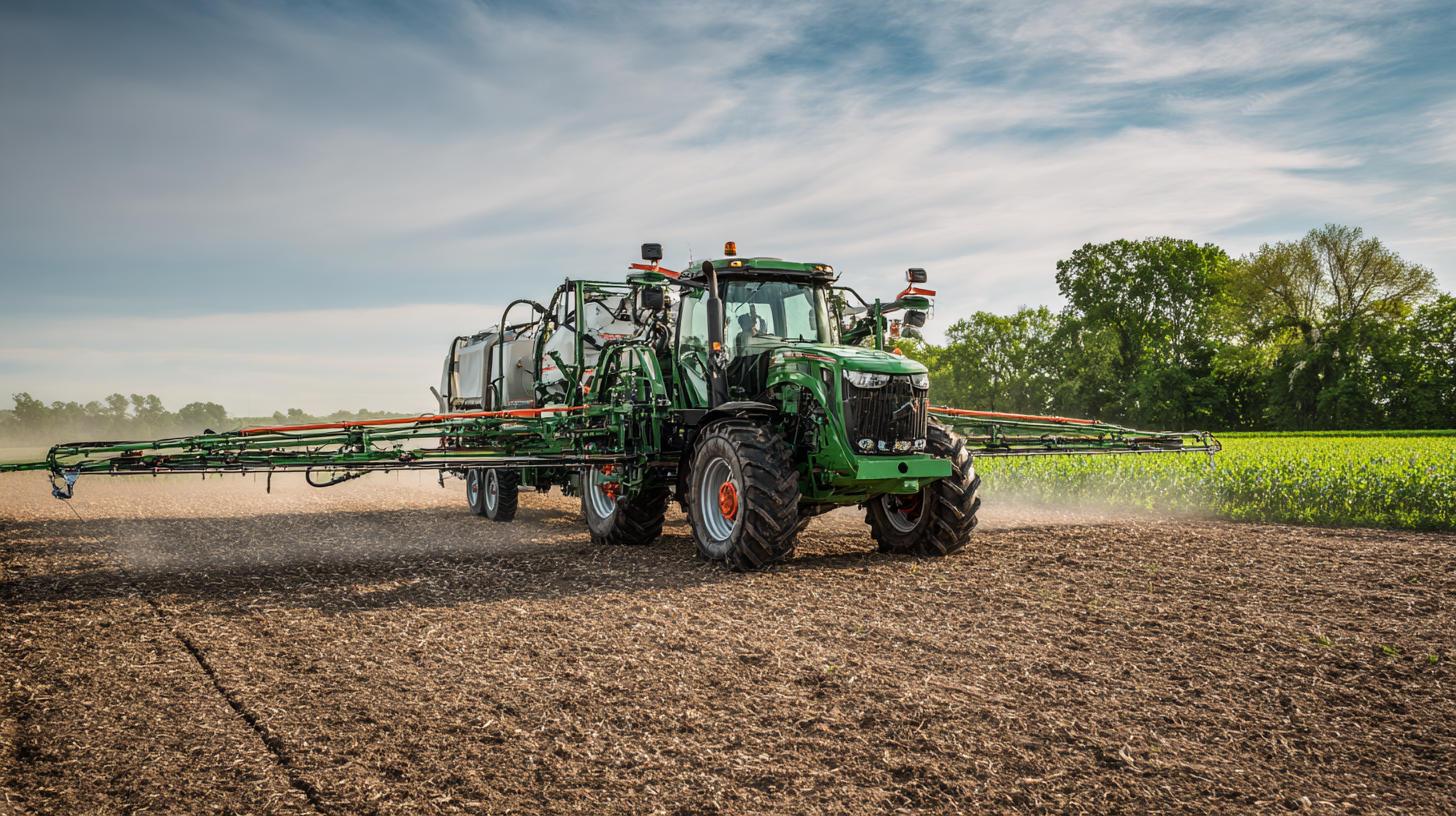
This guide outlines key strategies to optimize your use of a 3 point sprayer, ensuring you can achieve these benefits while safeguarding both your crops and the environment.
Understanding the Fundamentals of 3 Point Sprayers for Effective Use
Understanding the fundamentals of 3 point sprayers is crucial for achieving maximum efficiency in agricultural applications. These sprayers, commonly mounted on tractors, provide a versatile solution for applying fertilizers, herbicides, and pesticides. According to the Agricultural and Food Research Foundation, the use of efficient spraying systems can enhance crop yield by up to 25%, underscoring the importance of optimizing equipment use.
To maximize the effectiveness of a 3 point sprayer, operators should pay close attention to calibration. Correctly calibrating the sprayer ensures that the right amount of chemical is applied to the target area, reducing waste and minimizing environmental impact. Additionally, maintaining the right pressure is paramount; a study published by the Journal of Agricultural Science notes that maintaining proper pressure can lead to a 15% increase in application uniformity.
Tips for effective use include regularly inspecting and cleaning nozzles to prevent clogs and ensuring the sprayer is properly adjusted for the specific task. Utilizing nozzle types suited for the application—such as flat fan or air induction nozzles—can further enhance efficiency, as highlighted by industry experts at the American Society of Agricultural and Biological Engineers. Proper record-keeping of usage rates and conditions can also aid in refining techniques over time.
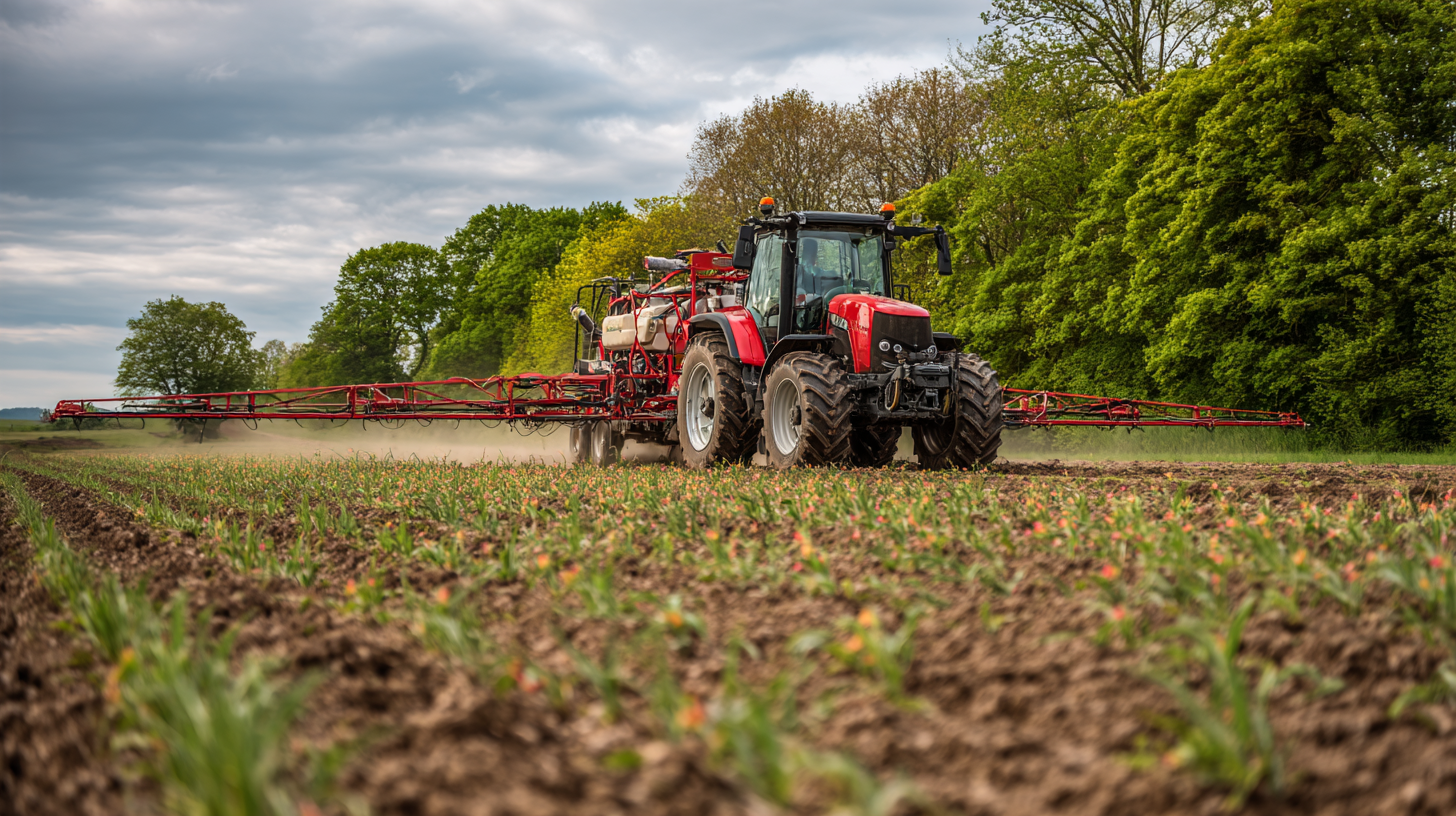
Key Maintenance Practices to Enhance 3 Point Sprayer Performance
To ensure maximum efficiency from your 3 Point Sprayer, it’s crucial to focus on key maintenance practices. Regularly inspecting the sprayer for wear and tear can prevent common issues that lead to inefficiencies. Start by checking hoses and connections for leaks, as even a minor drip can result in significant losses over time. Additionally, ensure that all nozzles are clean and free from blockages; clogged nozzles can disrupt the spray pattern and affect coverage, which could compromise the application effectiveness.
Another important maintenance aspect is to perform routine calibration of the sprayer. Proper calibration ensures that the correct amount of pesticide or fertilizer is applied to the target area, maximizing both effectiveness and cost-efficiency. Furthermore, consider seasonal maintenance, such as flushing the system after use and storing the sprayer appropriately to avoid damage from freezing temperatures. By staying proactive with these maintenance practices, you can greatly enhance the performance of your 3 Point Sprayer, leading to better results in your spraying tasks.
3 Point Sprayer Maintenance Practices Efficiency
Optimizing Spray Patterns for Better Coverage and Efficiency
Optimizing spray patterns is crucial for improving coverage and efficiency when using a 3-point sprayer. Recent studies on unmanned aerial vehicle (UAV) spraying have demonstrated that adjusting operational parameters significantly enhances spray performance. For instance, research illustrated that manipulating nozzle types and configurations impacts spray deposition and uniformity, leading to better pesticide coverage on crops. Specifically, it was found that different nozzle designs can create varying droplet sizes and spray angles, which are essential for achieving uniform treatment across fields.
Furthermore, the integration of technology in spray operations, such as machine learning algorithms, has been successfully used to optimize robotic spray painting trajectories, underscoring the importance of precision in application techniques. This technological approach not only improves surface quality in manufacturing contexts but also translates effectively into agricultural practices, where improved spray pattern optimization can lead to increased efficiency and reduced chemical drift. By utilizing these advancements, farmers can optimize their use of 3-point sprayers, ensuring that they maximize efficiency while minimizing waste and environmental impact.
How to Optimize Your Use of a 3 Point Sprayer for Maximum Efficiency
| Parameter | Description | Value/Recommendation |
|---|---|---|
| Spray Pressure (PSI) | Optimal pressure for achieving good spray pattern | 40 - 60 PSI |
| Nozzle Type | Type of nozzle affects coverage and droplet size | Flat fan or air induction |
| Speed of Application (MPH) | Recommended speed for optimal coverage | 5 - 7 MPH |
| Overlap Percentage | Recommended overlap between passes | 30% - 50% |
| Tank Mix Ratio | Ratio of chemical to water for effective application | 1:100 |
| Maintenance Frequency | How often the sprayer should be serviced | Every 50 hours of operation |
Selecting the Right Nozzles for Specific Agricultural Applications
Choosing the appropriate nozzles for your 3 point sprayer is crucial for enhancing efficiency in agricultural applications. The nozzle type directly affects the distribution, droplet size, and application rate of your spray, which can significantly impact pest control and crop health.
For instance, flat fan nozzles are ideal for herbicides and fungicides as they provide even coverage and effective penetration into crop canopies. Conversely, air-induction nozzles are designed to minimize drift, making them suitable for sensitive areas where off-target application is a concern.
Additionally, consider the specific needs of your crops and the environmental conditions when selecting nozzles. High-pressure nozzles may be appropriate for larger crops that require deeper penetration, while low-pressure options are better suited for delicate plants to avoid damage. It’s also important to keep in mind the manufacturer's recommendations and calibration for the nozzles to ensure optimal performance. Utilizing the right nozzles not only maximizes the efficiency of your 3 point sprayer but also promotes sustainable agricultural practices by reducing chemical usage and ensuring accurate application rates.
Tips for Proper Calibration and Pressure Management in Spraying Operations
Calibrating your 3-point sprayer is crucial for effective pesticide application and ensuring maximum efficiency. Proper calibration involves adjusting the sprayer to deliver the right amount of product at the correct pressure, which can significantly impact coverage and efficacy. Recent studies indicate that variations in spray distribution, as analyzed through coefficient of variation (CV), highlight the importance of consistent performance across different conditions. By employing models that utilize CV values in conjunction with pesticide quantities, operators can optimize pump openings based on specific environmental factors, leading to more precise applications.
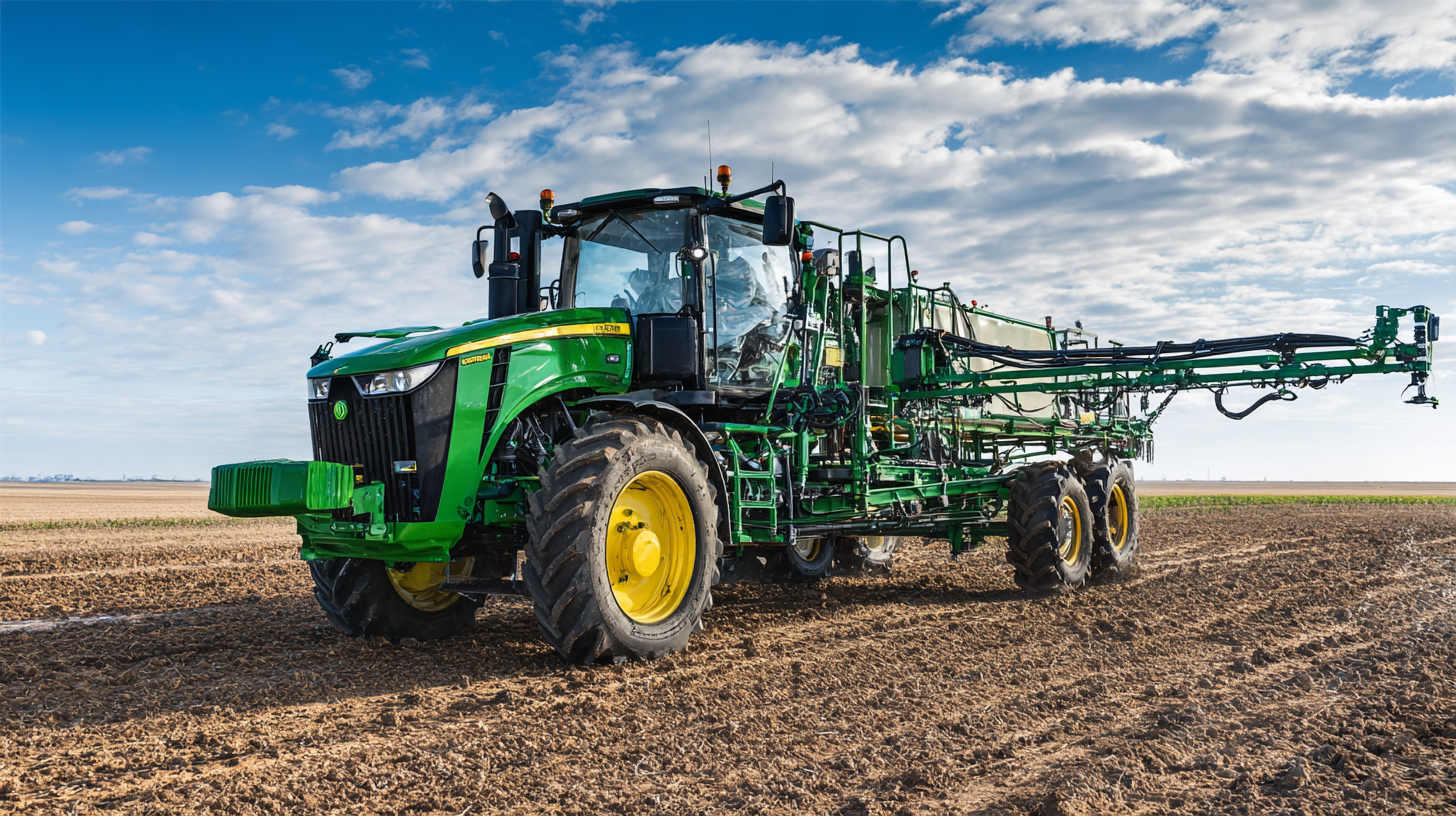 Pressure management is another key factor in enhancing sprayer performance. Research has shown that droplet size, significantly influenced by nozzle design and rotation speed, directly affects coverage and penetration into the target area. For instance, using advanced rotary nozzles can help achieve an optimal droplet size conducive to both coverage and drift reduction. Furthermore, new technological advancements, such as Pulse Width Modulation (PWM) systems, allow for real-time adjustments that enhance the uniformity of application while minimizing waste. With the right combination of calibration and pressure management techniques, farmers can ensure that every drop contributes to healthy crops and sustainable farming practices.
Pressure management is another key factor in enhancing sprayer performance. Research has shown that droplet size, significantly influenced by nozzle design and rotation speed, directly affects coverage and penetration into the target area. For instance, using advanced rotary nozzles can help achieve an optimal droplet size conducive to both coverage and drift reduction. Furthermore, new technological advancements, such as Pulse Width Modulation (PWM) systems, allow for real-time adjustments that enhance the uniformity of application while minimizing waste. With the right combination of calibration and pressure management techniques, farmers can ensure that every drop contributes to healthy crops and sustainable farming practices.
Related Posts
-

The Future of Efficient Agricultural Sprayer Boom Kit Innovations
-

Innovative Solutions for Efficient Trailer Sprayer Applications
-
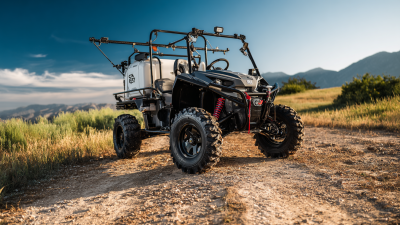
7 Best ATV Sprayer Boom Kit Options for Enhanced Efficiency
-
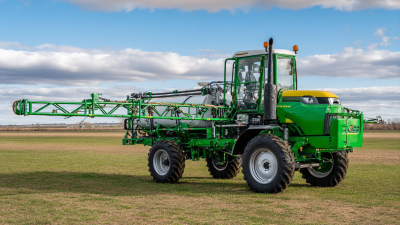
How to Choose the Right Boomless Sprayer Kit for Your Needs
-

Innovative Tractor Sprayer Technologies Transforming Global Agriculture Efficiency
-
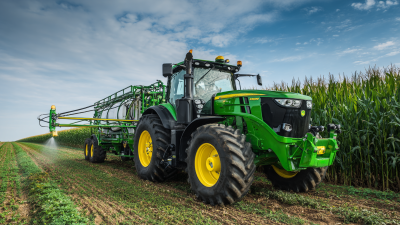
7 Best Boom Sprayers for Tractor that Enhance Crop Yields by 30 Percent